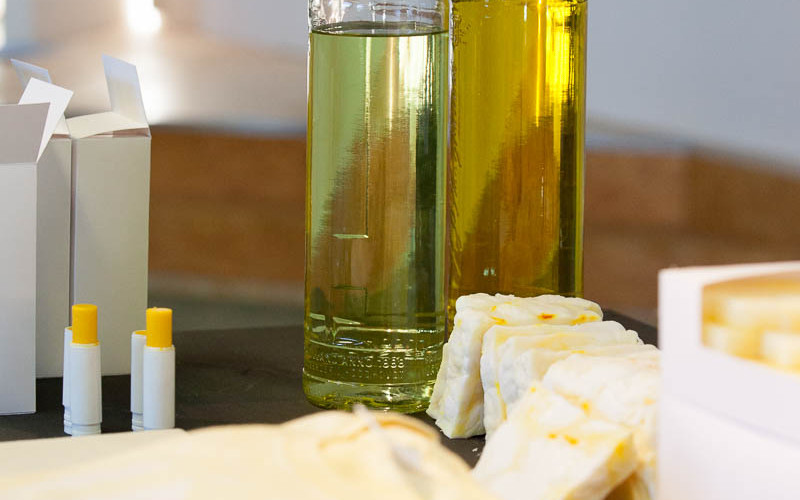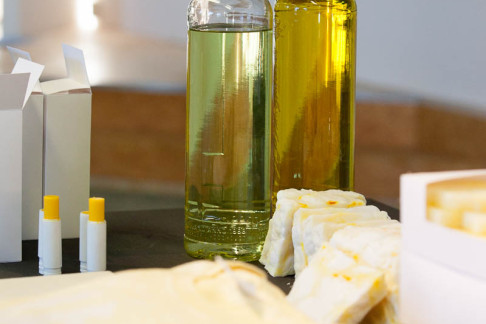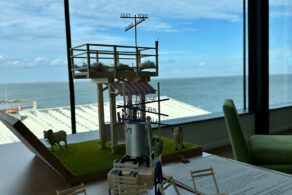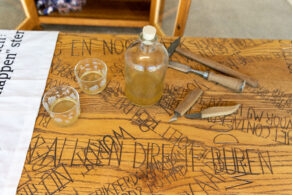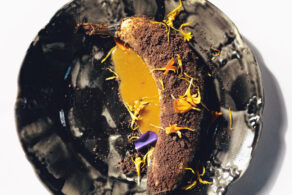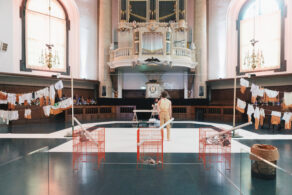Gepubliceerd op 09-09-2015
Saffron is the one of most expensive spices on earth, potentially costing up to 8,000 euros per kilo. As a result, saffron is also aptly named ‘The Red Gold’. The little red threads derive from the crocus. These flowers are grown abroad, but the bulbs come from the Dutch village of Nieuw-Buinen, in Drenthe. In nearby Stadskanaal in Groningen, unemployment and dependency on the Voedselbank (Food Bank) is the daily reality for some inhabitants. This is quite a contrast to the wealth and richness of the saffron, cultivated at a distance of only five kilometres from such poverty. However, many of the inhabitants are oblivious to this fact.
In the ‘Nederlandsche Bank’ gold is stored as a representative of the Euro. Pure gold is not fit for extensive use, as it is too weak. To make it useful, you need to alloy gold with other metals, or you can use it to plate other materials, to give it a distinctive ‘golden’ glow. This is analogous with saffron. Just like Euros, most of the time saffron is not authentic. It is often substituted with safflower, which is sold under the name of saffron. The intensity of the taste, scent and color comes nowhere near real saffron. Another likeness to gold, is that saffron can’t be eaten on its own. It is only usable if you ‘alloy’ it with other ingredients in a dish.
So, saffron is a local resource in Groningen, while the actual harvesting happens somewhere else on the planet. The Crocus bulbs are exported, because it is too expensive to grow and harvest them in the Netherlands. Thus, Nieuw-Buinen is delivering a potentially expensive semi-finished product, without the inhabitants’ awareness. Transiently, there is ‘local gold’, but it is neither recognised as such, nor exploited locally.
But what would happen if one did grow crocuses and harvest the pistils in the Netherlands? It would serve a considerable boost to the local economy and create employment opportunities. We depicted this in the form of a saffron ‘departement store’, where people can upgrade their products with saffron. Saffron can be used as flavouring or a colour tincture. In our research we created assorted products as examples of the possibilities, including saffron gin and saffron sugar. Both these products are produced in Groningen. Saffron can also be used in cosmetics and ink.
In this project, we bring poverty and wealth together. ‘With a golden lining’ (Met een gouden randje), a typical saying from Groningen, is a study into bridging this contradiction, thinking of new ways to use saffron and actively involve the inhabitants of Stadskanaal in the production of saffron. The Semslinie area must be proud of saffron as a local product and use it to define the area.
‘With a golden lining’ is part of Made in Knoal, a project of Centrum Beeldende Kunst Groningen (CBK Groningen). Experienced designers and fledging talents collaborated with farmers from Groningen and Drenthe to produce new work using potato, hemp and saffron as resources. Foodcurators was matched with saffron, where the bulbs are cultivated in Nieuw-Buinen. The project consisted of an innovative design and the supervision of two young talents who were also working with the resource in question.
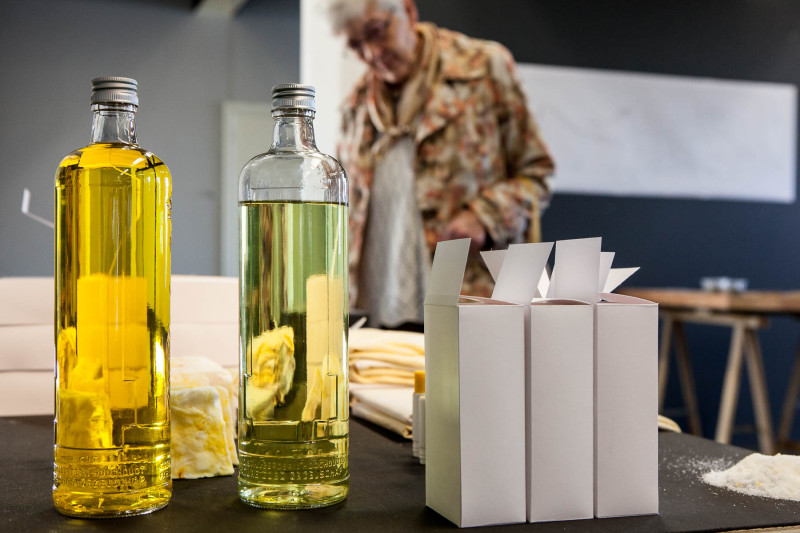
Picture: Jenne Hoekstra

